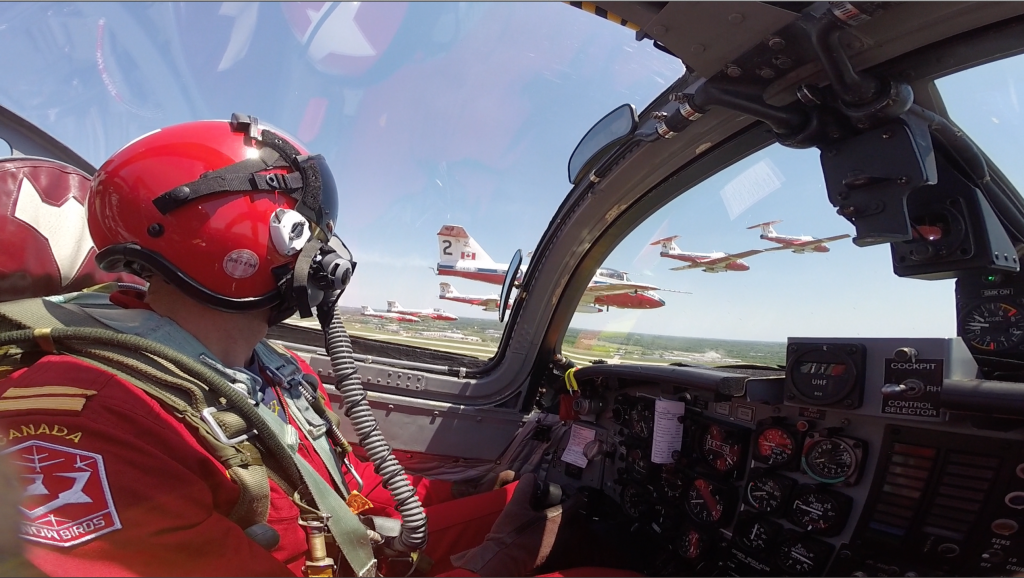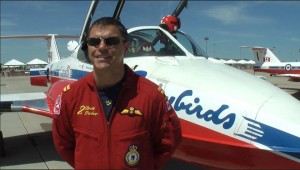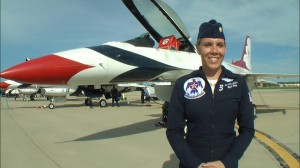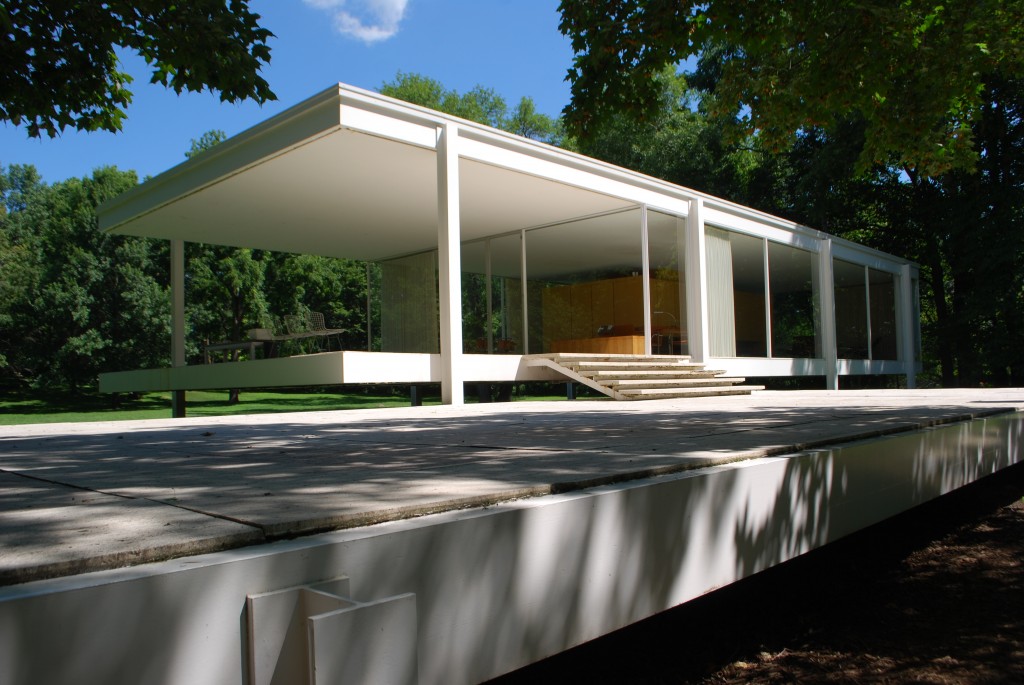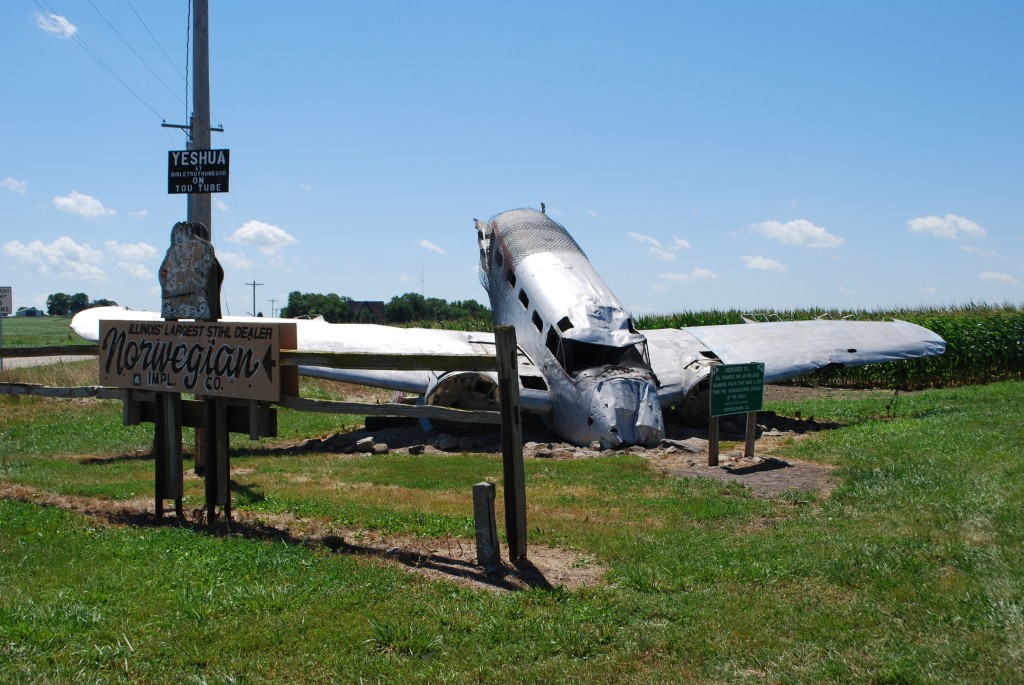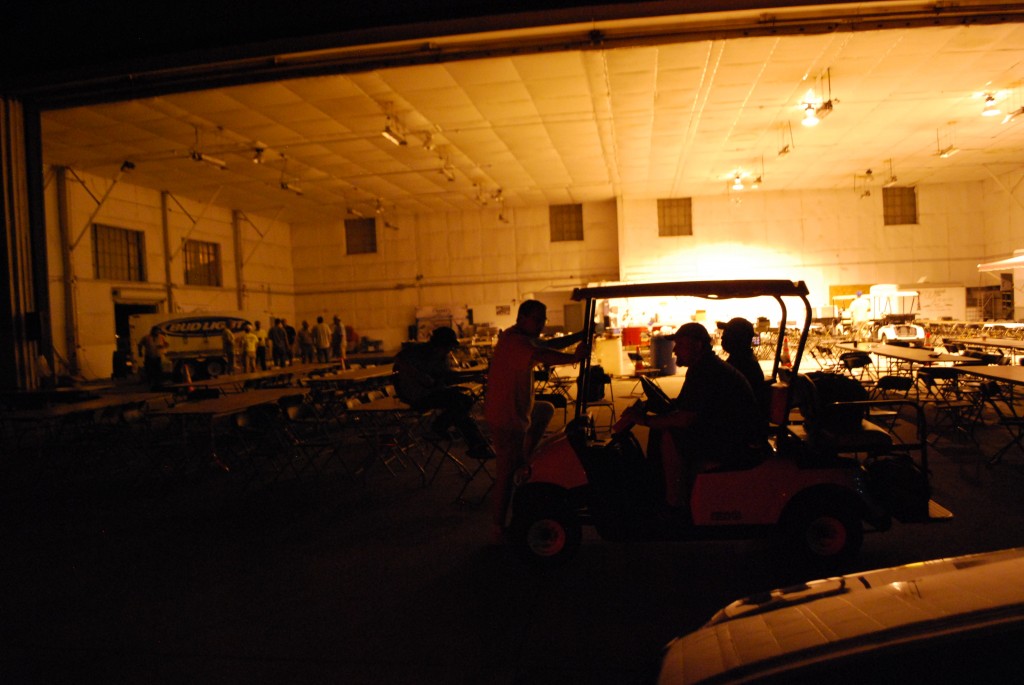Okay: Spectacular day here at the Rockford AirFest. I mean really great.
We spent most of yesterday getting cameo interviews for Acro Camp and shooting B-roll. Today was all about capturing footage that will back the cameo that we shot of the Snowbirds yesterday.
Captain Thomas Edelson, the Snowbirds’ public affairs officer, flew Airspeed’s camera during the practice demo this afternoon. He rode with Snowbird 8, Lead Solo Captain Guillaume Paquet. Clear skies, a box full of aircraft (the Snowbirds fly a nine-ship CT-114 demo), and the red flight suits and helmets made for really great images and captured a lot of the excitement of formation aerobatic flight.
Tonight, we’re going to consolidate the video shot thus far and make up a shot list for the show tomorrow. Mostly crowd B-roll and anything else that captures the airshow environment generally. Lindsay Shipps is shooting stills again tomorrow. Rod Rakic came for the day today to shoot stills and video and we’ll be going over his material tonight as well.
If you’re at Rockford AirFest tomorrow, please look us up. You can usually reach me through Twitter (@StephenForce). I’ll respond if I can. We’d love to meet you and say hello.
